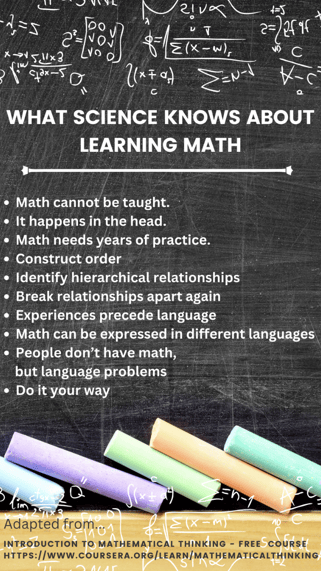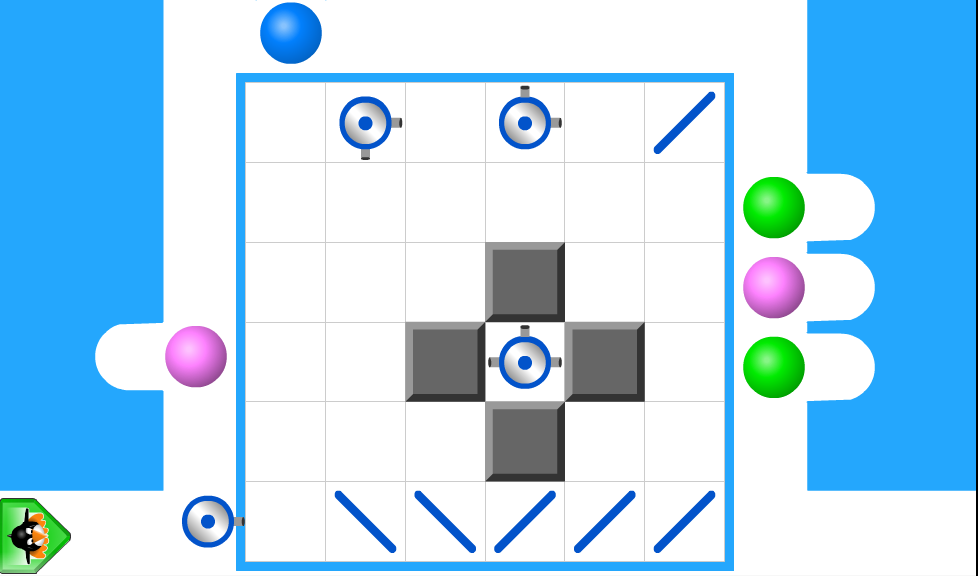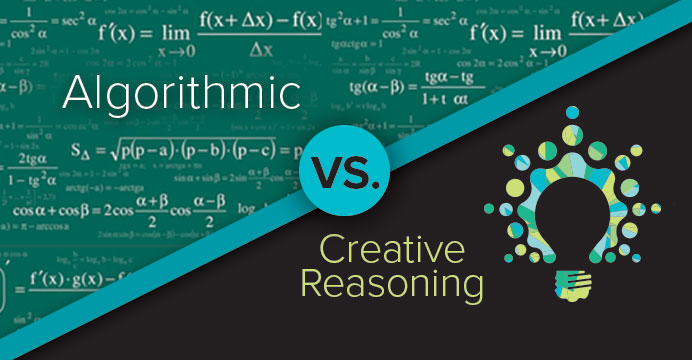This blog was originally published on K20Connect

A fascinating free course offered through Stanford University introduces the public to mathematical thinking, a research-based approach to teaching math that includes ten principles. The course suggests mathematical thinking is fundamental to our approach to learning mathematics. If we do not engage in mathematical thinking, we will struggle to understand mathematical concepts and develop mathematical skills. The National Council of Teachers of Mathematics Process Standards include problem-solving, reasoning and proof, communication, connections, and representation. Acquiring these skills is much more effective when math education is an immersive experience rather than a lecture or teacher-led demonstration. Mathematical thinking isn’t receiving information about mathematics but experiencing mathematics.
The manner in which a math teacher designs experiential learning opportunities significantly impacts the learner’s ability to understand what is being presented to them, and science backs this up. The perception-action cycle is how neuroscientists describe learning. The cycle explains how students learn by doing rather than being told or explained a concept. We see this oftentimes in project-based learning models where students have presented a problem, and through conducting mini-experiments, they determine the best way to solve the problem. Science is the area we most frequently see project- or problem-based learning, but math benefits equally in this approach to teaching. When students have to explore how to solve a problem, they experience trial and error and ultimately learn how to solve the problem.
A study published in 2022 notes the teachers’ role in noticing student thinking under pressure. The study focuses on the teacher/classroom aspects, including the teacher’s role in adjusting actions based on observing a student’s struggle with a problem. Researchers learned through another study that when students experience math in new ways and believe they are doing good work, the student experiences gains. This study also acknowledges the teacher’s surprise when they realized what their historically low-performing students had achieved.
The cognitive sciences have stimulated innovative approaches in STEM teaching and learning. These innovative approaches are grounded in students working through goal-oriented multimodal sensorimotor experiences to trigger conceptual learning. Putting these theories into practice requires new learning environments incorporating interactive technologies that foster student enactment with concepts. Teachers can help students understand deep concepts through interactive instructional practices using digital resources and tools.
Adopting these research-based practices can help teachers develop stronger lessons designed to immerse students in mathematics with experiences, simulations, and other digital tools useful in making the connection between the often abstract world of mathematics and the real world our students connect with each day.



